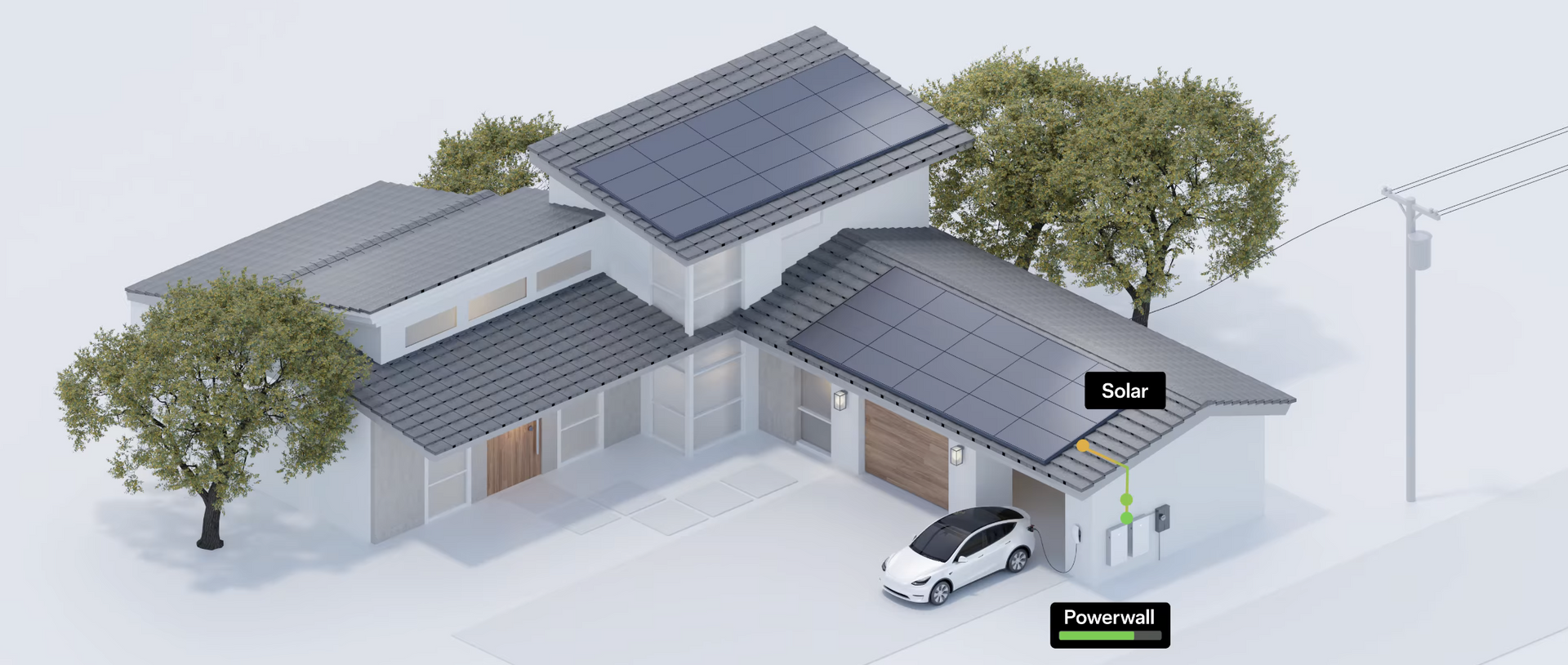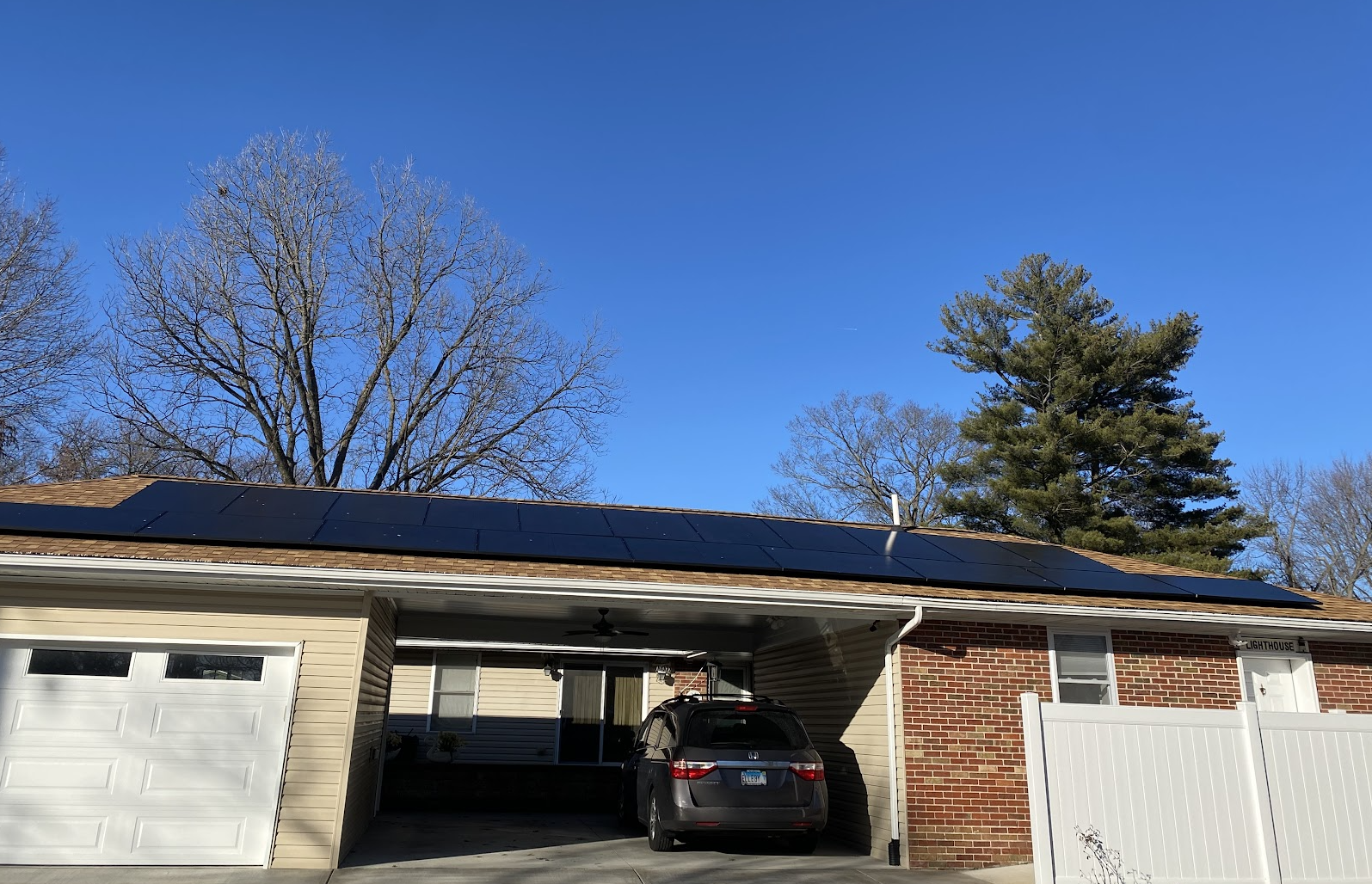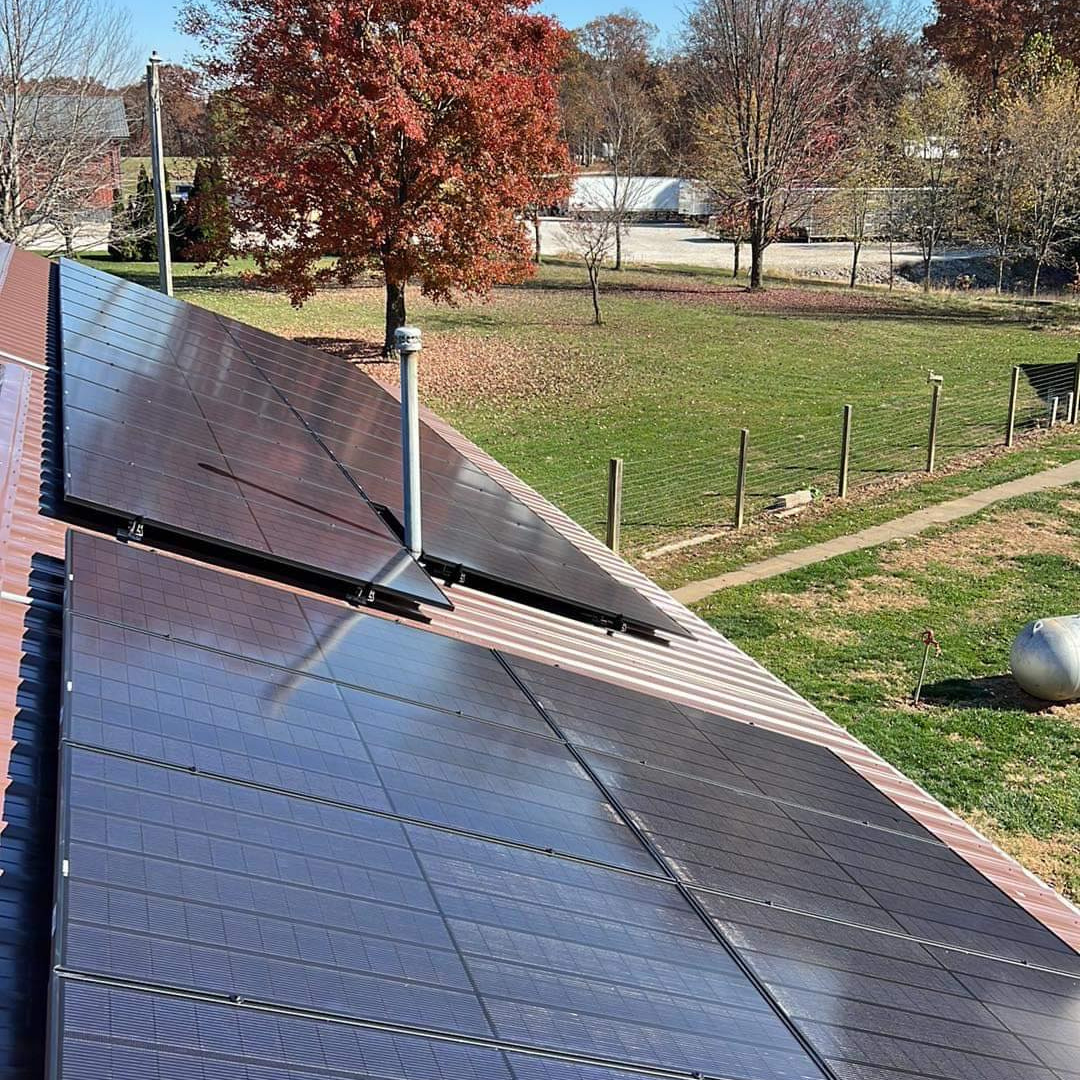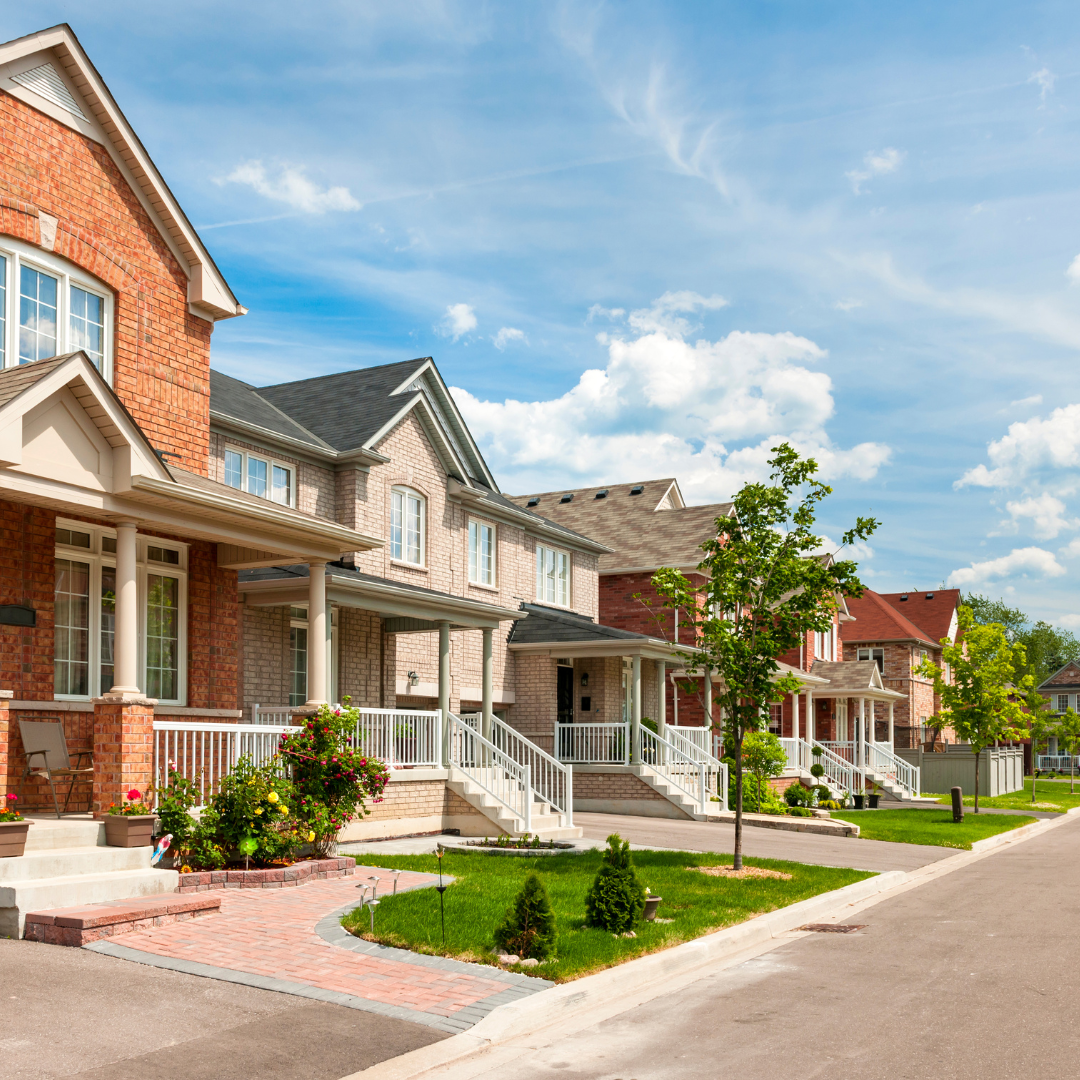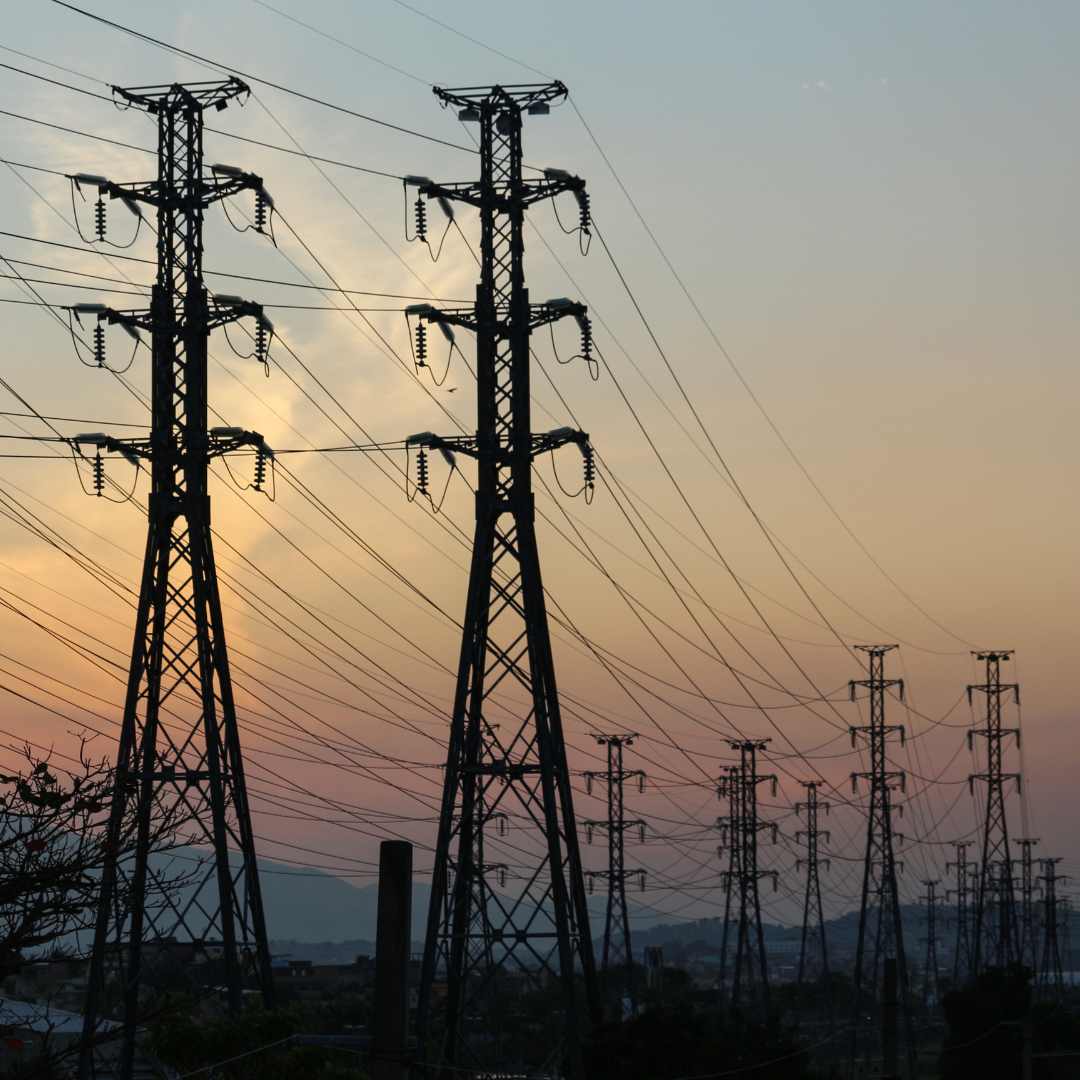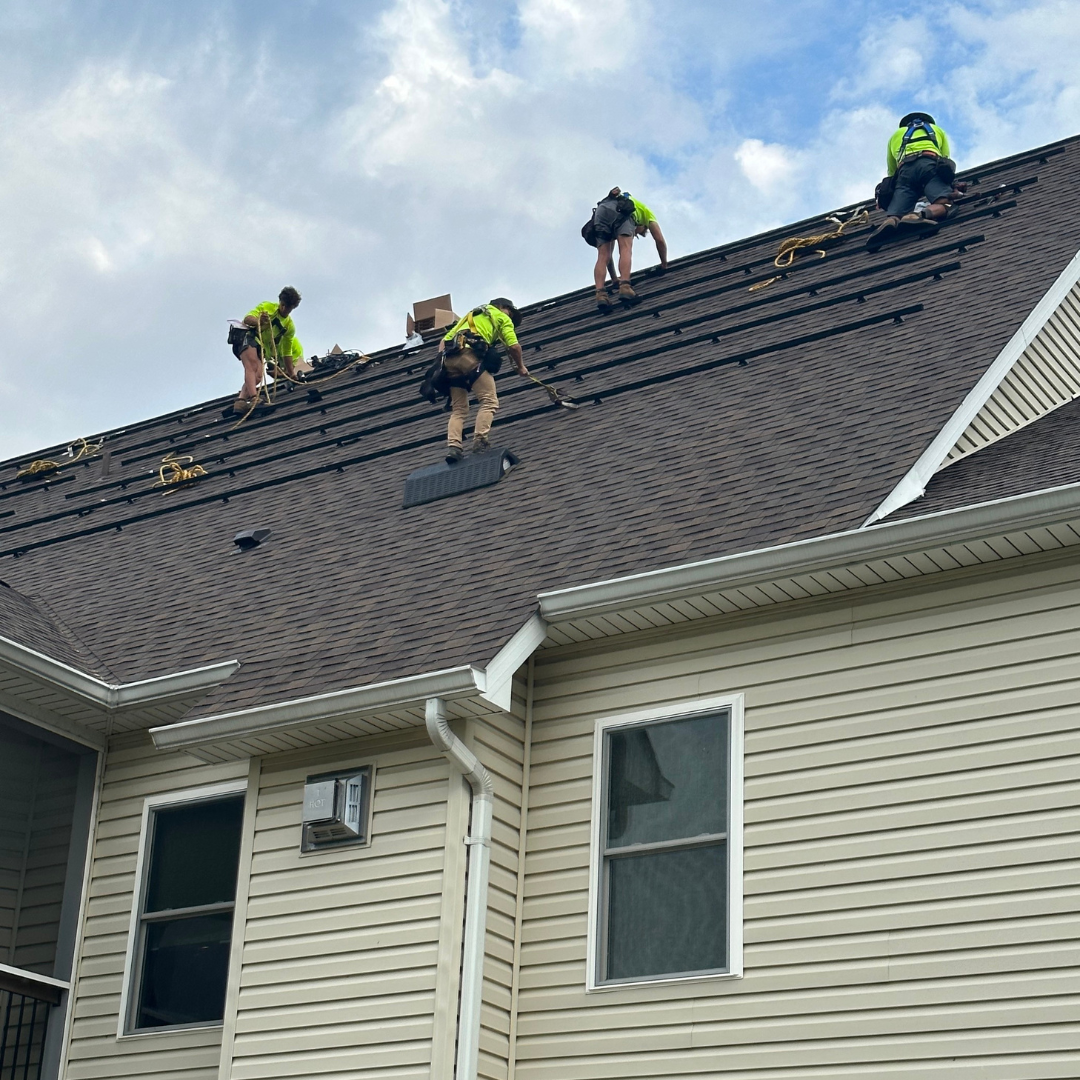How to Choose a Roofing Company: What to Look for and What to Avoid
Choosing the right roofing contractor is one of the most important decisions a homeowner can make. A new roof is a significant investment, and the quality of installation can impact your home’s value, energy efficiency, and longevity. With so many contractors available, how do you separate the best from the rest? Here’s what you need to consider when selecting a roofing company—and the red flags you should avoid.
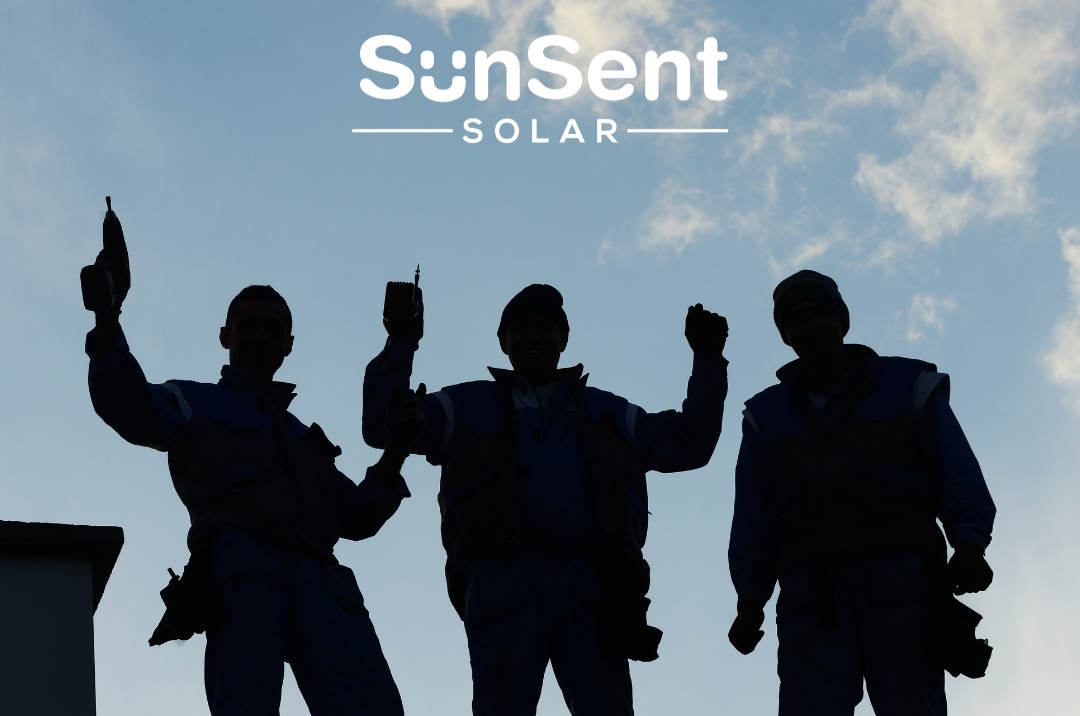
Key Factors to Consider When Hiring a Roofing Contractor
- Licensing and Insurance
A reputable roofing company should be fully licensed in your state and carry both liability insurance and workers’ compensation. This protects you in case of accidents or property damage during the job. Always ask for proof of insurance before signing any agreements. - Local Experience and Reputation
A strong track record in your community is a great indicator of a trustworthy roofing company. Look for local references, online reviews, and testimonials from homeowners who have used their services. A local company is also more likely to be familiar with regional weather conditions and building codes. - Detailed Written Estimates
Before committing to any contractor, request written estimates from multiple companies. A proper estimate should include details on the scope of work, materials to be used, timeline, and total cost. Be wary of vague estimates that lack specifics. - Material Quality
Not all roofing materials are created equal. Ask potential contractors about the brands and types of materials they use. A reputable roofer should be able to explain the benefits of different roofing materials and recommend the best option for your home. - Warranty Coverage
A quality roofing company will stand behind its work with warranties on both materials and labor. Ask about the length and specifics of their warranty, including what it covers and whether it’s transferable. - Professionalism and Communication
Clear and consistent communication is crucial for any home improvement project. If a contractor is slow to respond to inquiries, doesn’t provide direct answers, or avoids giving written documentation, consider it a red flag. - Payment Structure
Be cautious of contractors who demand large upfront payments. A trustworthy roofer will provide a reasonable payment schedule, often with a deposit required at the start and the remaining balance due upon completion.
Warning Signs of a Bad Roofing Contractor
- High-pressure sales tactics – If a roofer pressures you to sign a contract on the spot, take a step back. A good contractor will give you time to review and compare your options.
- Excessive upfront payments – Avoid contractors who demand large deposits before any work has begun.
- Lack of a physical location or local presence – If the company doesn’t have a local office or a well-established presence in your area, it may be a storm chaser or fly-by-night operation.
- No references or online reviews – If a company cannot provide local references or has no customer reviews, proceed with caution.
- Hidden subcontracting – Some roofing companies outsource their labor to subcontractors, which can lead to inconsistent workmanship. Make sure you know who will actually be installing your roof.
- Inflated material costs – Some dishonest contractors overcharge for materials. A reputable roofer will work to get you the best price on quality materials.
Why SunSent Solar is Your Trusted Roofing Expert
At SunSent Solar, we take pride in offering expert roofing services alongside our solar solutions. Our team is fully licensed and insured, with years of experience serving homeowners across the Midwest. We believe in transparency, high-quality materials, and professional workmanship. Whether you’re replacing your roof due to age or storm damage, we provide detailed estimates, clear communication, and top-tier warranties.
And if you’re considering solar, there’s no better time to install panels than when replacing your roof! Adding solar can significantly reduce your electricity bills and increase your home’s energy efficiency. For a free roof inspection or to learn more about how solar can save you money, contact SunSent Solar today!
Want to know more about roofing? Check out our Storm Damage Checklist here!
